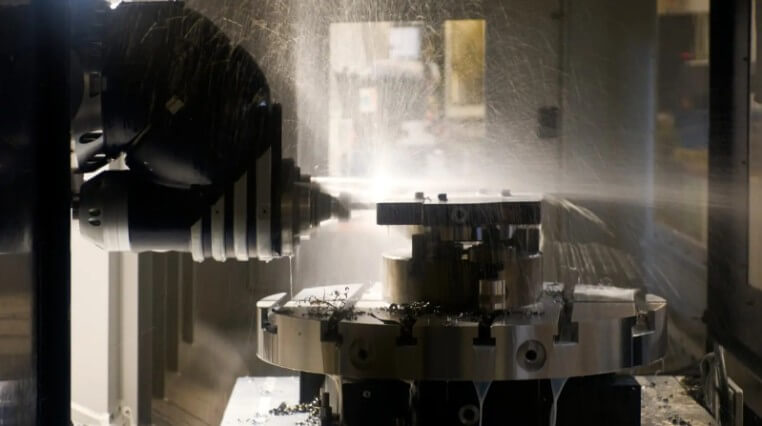CNC milling: precise and efficient data execution
CNC milling is a combination of precise tools, digital commands, and fast machine movements. Over the years, the manufacturing industry has witnessed major changes, and CNC milling is at the heart of these innovations. This is because of its unlimited advantages, such as precision, cost-effectiveness, delivery time, and more.
This article is a comprehensive guide to CNC milling operations. It covers everything you need to know about the concept, equipment composition, processing process, parameter settings, factors affecting processing speed, processing materials, as well as its advantages, applications, and future development trends. It is crucial to know this information before your next manufacturing project begins.
1.What is CNC milling
CNC milling is a subtractive manufacturing process. During CNC milling, the computer controls the spindle speed, feed rate, tool usage sequence, and tool path of each tool, and then gradually removes material from the workpiece through the computer-controlled cutting tool, and finally can accurately cut, drill, and carve into the desired shape or object.
In addition, milling includes 3-axis, 4-axis, 5-axis, and multi-axis milling. Three-axis milling moves in the X, Y, and Z axes. In contrast, a 5-axis milling machine moves in the linear X, Y, and Z axes as well as the rotary A and B axes, and can produce more complex parts.
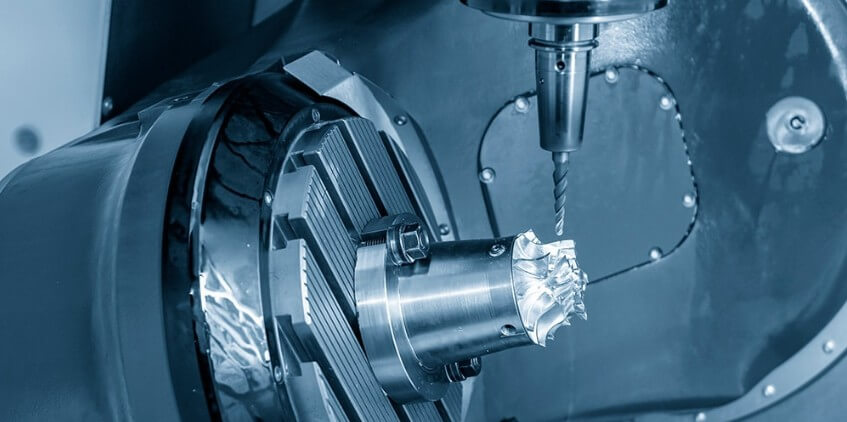
2.Equipment composition of CNC milling
CNC milling equipment mainly consists of the following parts:
(1) CNC milling machine:
It is the core equipment for milling processing and is usually equipped with a multi-axis motion system (such as three-axis, four-axis, or five-axis).
(2) CNC system:
Responsible for parsing program code and controlling the movement of the milling machine.
(3) Tool:
There are many types of tools used to cut materials, including end mills, face mills, etc.
(4) Cooling system:
During the processing, coolant is used to reduce the temperature of the tool and workpiece, thereby extending the tool life.
3.Processing process of CNC milling
The processing process of CNC milling mainly includes the following steps:
(1) Design and programming
First, the designer uses CAD (computer-aided design) software to create a three-dimensional model of the workpiece. Subsequently, CAM (computer-aided manufacturing) software is used to generate the NC program, which is usually output in the form of G-code, which indicates the milling machine’s motion trajectory, cutting speed, feed rate and other parameters.
(2) Setup and clamping
Before milling, the operator needs to fix the workpiece on the milling machine’s workbench and set the tool and cutting parameters according to the program requirements. The accuracy of this step directly affects the precision and efficiency of the processing.
(3) Processing process
The CNC milling machine automatically processes according to the preset program. The milling cutter cuts on the workpiece, removes excess material, and forms the required shape and size. The entire process can achieve multi-axis linkage and can process complex geometric shapes.
(4) Inspection and adjustment
After processing, the workpiece needs to be inspected for size and shape to ensure that it meets the design requirements. If deviations are found, the program or tool may need to be adjusted to optimize the processing effect.
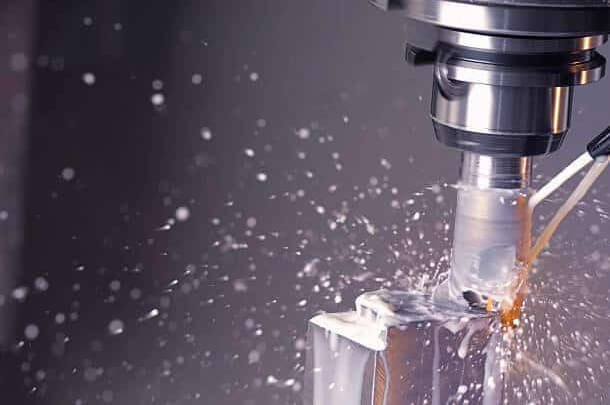
4.How to set CNC milling machine parameters
Before CNC milling, it is crucial to correctly set the parameters of the CNC milling machine. Here are a few key steps to set parameters:
(1) Select the tool
Select the appropriate tool according to the material and workpiece shape. The diameter, material and geometry of the tool will affect the processing effect.
(2) Set the spindle speed
The spindle speed (RPM) is an important parameter that affects cutting efficiency and processing quality. Generally speaking, the speed can be calculated by the following formula:
S = (Vs x 12)/(π x D)
Where S is the spindle speed in revolutions per minute (RPM), Vs is the cutting speed in surface feet per minute (SFM), and D is the cutting tool diameter in inches.
For metric units, you can use the following equation to calculate the spindle speed:
S = (Vs x 1000)/(π x D)
Where Vs is the cutting speed in meters per second (m/sec), and D is the tool diameter in millimeters (mm).
(3) Set the feed rate
The feed rate refers to the distance the tool moves per revolution during the machining process. The feed rate setting needs to consider the tool type, material properties and machining requirements.
(4) Set the cutting depth and width
The cutting depth and width directly affect the machining efficiency and tool life. Generally, the cutting depth should be reasonably selected based on the hardness of the material and the load-bearing capacity of the tool.
(5) Enter the program code
According to the set parameters, write the corresponding G code and M code and input them into the CNC system. Ensure the logic and correctness of the program to avoid errors during the machining process.
5.How to calculate the feed rate of CNC milling
The feed rate is an important parameter in CNC milling, which directly affects the machining efficiency and surface quality. The calculation of the feed rate usually involves the following aspects:
(1) Determine the feed rate of the tool
The feed rate of the tool is usually expressed in feed per revolution (F), in units of mm/rev. The feed rate should be reasonably set according to the tool type, material properties and machining requirements.
(2) Calculate the feed rate
To calculate the optimal feed rate (in inches per minute), you can use the following equation:
Feed rate = spindle speed x number of flutes x chip load
The chip load multiplied by the number of flutes gives the cutting feed in inches per revolution (IPR). Therefore, the feed rate (IPM) can also be calculated by multiplying the spindle speed (RPM) by the cutting feed (IPR).
(3) Consider cutting conditions:
In actual applications, the feed rate also needs to consider cutting conditions, such as cutting depth, tool wear, etc. A reasonable feed rate can improve machining efficiency and extend tool life.
(4) Adjustment and optimization:
In actual machining, the feed rate can be adjusted in time by monitoring the machining effect to achieve the best machining effect.
6.Factors affecting CNC machining speed and feed
| Parameters | Relation with speed or feed |
| Spindle speed | Directly proportional to the feed rate |
| Number of flutes | Directly proportional to the feed rate |
| Chip load/Feed per tooth | Directly proportional to the feed rate |
| Cutting speed | Directly proportional to spindle speed |
| Tool diameter | Inversely proportional to spindle speed |
(1) Tool material
The tool material affects its ability to withstand strong cutting forces. Carbide tools can withstand greater forces than HSS tools and can be machined at faster speeds and feed configurations.
(2) Tool deflection
Tool deflection affects machining quality. Long-shank tools are prone to deformation under strong cutting forces and cannot be used for high speeds and feed configurations. Tools with minimal overhang are less likely to deflect and can be used to transmit relatively large forces.
(3) Tool diameter
Tool diameter is an important factor to consider when setting the optimal spindle speed (RPM) for a machining process. A larger tool diameter can help a smaller tool complete the operation faster at the same spindle speed (RPM) setting.
(4) Cutting teeth
The number of chip flutes (cutting teeth) on a tool is also an important factor in setting the optimal feed rate. Multi-edge milling cutters distribute cutting forces among all the edges, thereby reducing the risk of damaging the cutting tool and increasing the optimal feed rate.
(5) Chip load
Chip load, also known as feed per tooth, is the thickness of the chips removed during machining and is important for setting the optimal feed rate.
(6) Workpiece material
The type of workpiece material also affects the optimal speed and feed. Generally speaking, hard materials require slower feed rates than soft materials. Machining hard metals requires greater shear force and low rotation speed. For soft materials, the tool material will cut the material quickly with high precision and cutting speed.
(7) Machine rigidity
The rigidity of the machine tool determines the maximum cutting force that can be transmitted to the workpiece. CNC machine tools with rigid chassis can provide stronger cutting forces.
7.Materials that can be processed by CNC milling
CNC milling technology has a wide range of applicability and can process a variety of materials, including but not limited to:
(1) Metal materials:
Such as aluminum alloy, copper, steel, stainless steel, etc. These materials are widely used in aviation, automobile, mold and other industries due to their good mechanical properties and processing characteristics.
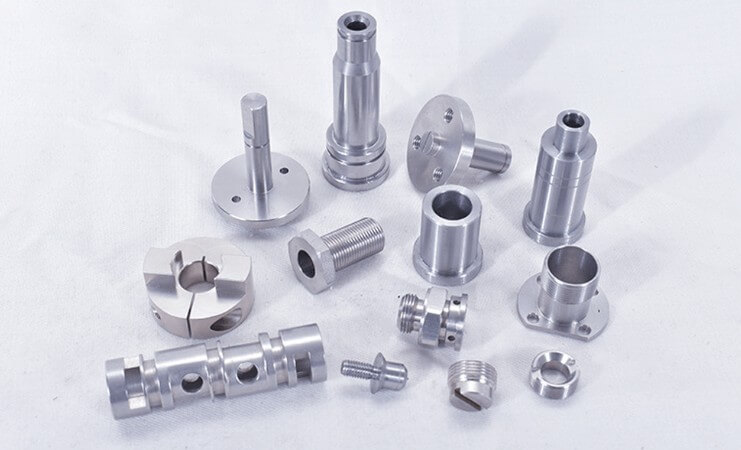
(2) Non-metallic materials:
Such as plastics, wood, composite materials, etc. CNC milling can effectively process these materials to meet the needs of different fields.
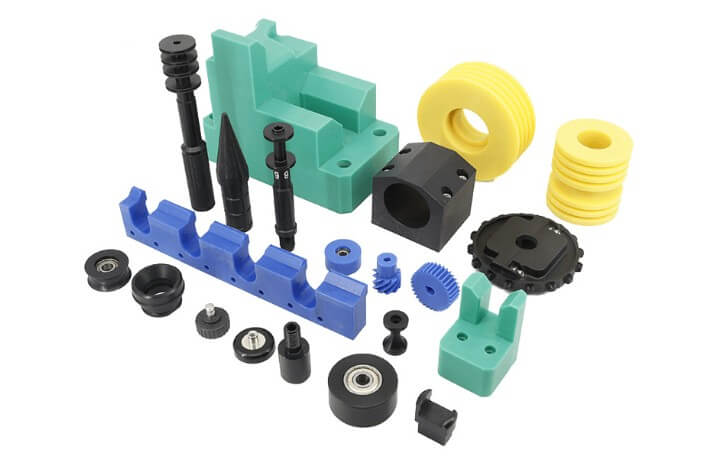
(3) Hard materials:
Such as titanium alloy, ceramics, etc. Although the processing is difficult, CNC milling can still achieve high-precision processing by selecting appropriate tools and cutting parameters
8.Advantages of CNC milling
CNC milling has many advantages, which makes it widely used in modern manufacturing:
(1) High precision:
CNC milling can achieve micron-level processing accuracy and is suitable for high-demand parts manufacturing.
(2) High efficiency:
CNC milling can quickly complete the processing of complex shapes and reduce manual operation time.
(3) Flexibility:
By modifying the program, different processing tasks can be quickly switched to adapt to small batch production.
(4) Automation:
Reduces manual intervention and improves production stability and safety.
9.Future development trends of CNC milling
With the advancement of science and technology, CNC milling technology is also developing continuously:
(1) Intelligence:
Combining artificial intelligence and big data analysis to achieve adaptive processing and fault prediction.
(2) Green manufacturing:
Use environmentally friendly materials and energy-saving technologies to reduce resource waste during processing.
(3) Multifunctionality:
Integrate multiple processing functions, such as milling, drilling, grinding, etc., to improve the comprehensive utilization rate of equipment.
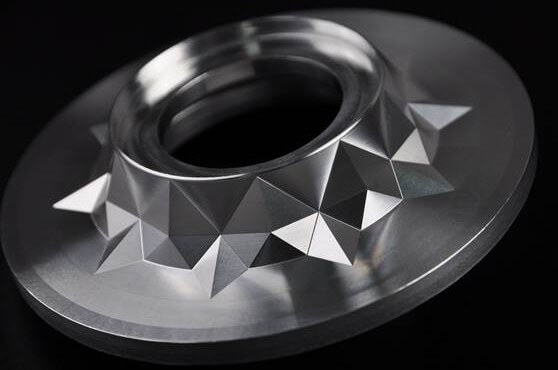
10.Conclusion
As an important technology in modern manufacturing, CNC milling has become an indispensable processing method in various industries due to its high precision, high efficiency and wide material adaptability. With the continuous advancement of technology, the application field of CNC milling will be more extensive, promoting the development of the manufacturing industry.
If you are looking for an experienced CNC milling manufacturer, Xavier is your ideal choice. The Xavier team is well equipped to provide high-quality CNC milling solutions. If you need more information or want to discuss your machining needs with us, please feel free to contact us.
